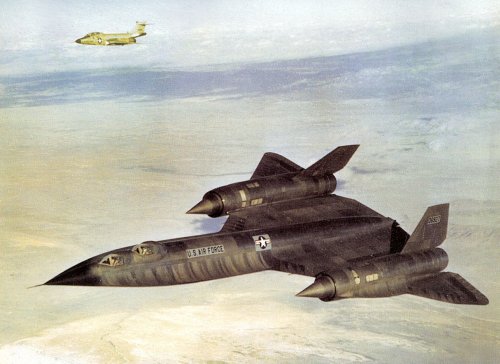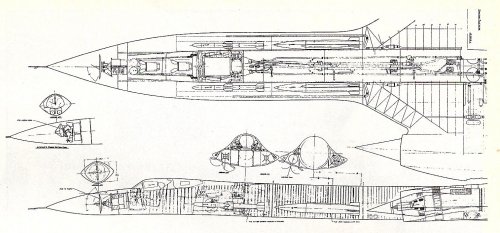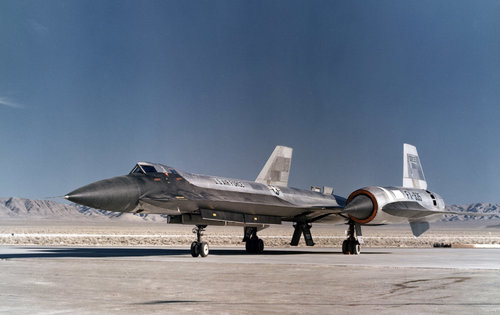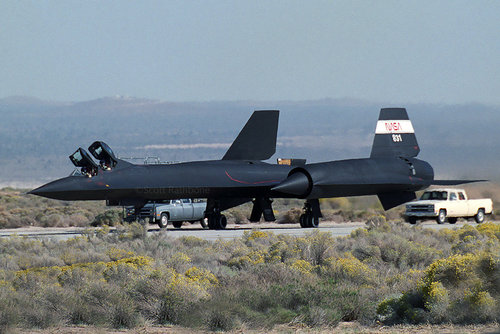shockonlip said:The RCS pole model has no paint, no verticals (that I can see), the inlet spikes are not in
Mach 3 position, and the canopy glass is fared over. What have I missed!
cable attached to the nose so that it can be rotated.
looks as if there also a round fairing at the back of the fuselage. Probably its another place to mount the pole. So it could probably be placed in a position pointing straight up.




